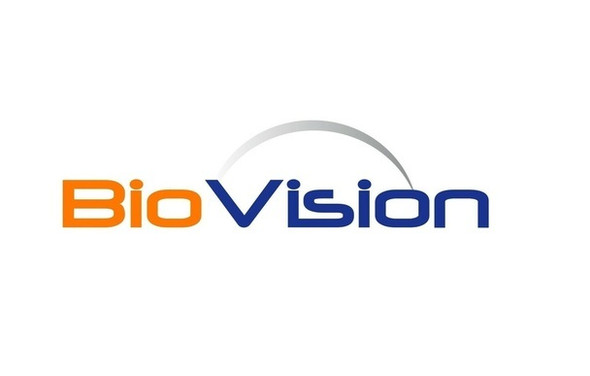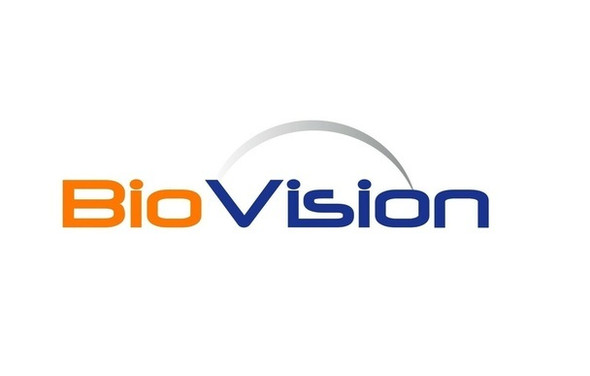Biovision
Human CellExp™ CLEC3B / Tetranectin, Human recombinant
- SKU:
- 26-P1058
- Availability:
- Usually Shipped in 5 Working Days
- Storage Temperature:
- -20°C
- Shipping Conditions:
- Gel Pack
- Shelf Life:
- 12 months
Description
Biomolecule/Target: CLEC3B
Synonyms: CLEC3B, Tetranectin, TN, TNA
Alternates names: CLEC3B, Tetranectin, TN, TNA
Taglines: Protein that binds to plasminogen and to isolated kringle 4 and involved in the packaging of molecules destined for exocytosis.
Taglines: USA
Country of Animal Origin: USA
NCBI Gene ID #.: 7123
NCBI Gene Symbol: CLEC3B
Gene Source: Human
Accession #: P05452
Recombinant: Yes
Source: HEK 293 cells
Purity by SDS-PAGE #: > 95%
Assay: SDS-PAGE
Purity: N/A
Assay #2: N/A
Endotoxin Level: < 1.0 EU per/μg
Activity (Specifications/test method): Measured by its binding ability in a functional ELISA.
Biological activity: Measured by its binding ability to bind 50% of immobilized human recomninant HGF in a functional ELISA in a range of approximately 1 - 10 µg/ml.
Results: N/A
Binding Capacity: Immobilized human recomninant HGF can bind 50% of recombinant human CLEC3B in a range of approximately 1 - 10 µg/ml.
Unit Definition: N/A
Molecular Weight: 21 kDa
Concentration: N/A
Appearance: Lyophilized
Physical form description: Lyophilized from 0.22 μm filtered solution in PBS, pH7.4. Normally Trehalose is added as protectant before lyophilization.
Reconstitution Instructions: Reconstitute in 1X PBS to the desired protein concentration.
Background Information: C-type lectin domain family 3 member B (CLEC3B) is also known as Tetranectin, Plasminogen kringle 4-binding protein, is a secreted homotrimer. CLEC3B contains 1 C-type lectin domain and mainly found in plasma. Tetranectin / CLEC3B binds to plasminogen and to isolated kringle 4. CLEC3B may be involved in the packaging of molecules destined for exocytosis. Decreased plasma Tetranectin or increased Tetranectin in stroma of cancers correlates with cancer progression and adverse prognosis.
Amino acid sequence: N/A
Handling: Centrifuge the vial prior to opening.
Usage: For Research Use Only! Not to be used in humans






